In the world of food, not everything that glitters is gold. Some dishes and snacks have soared in popularity, propelled by clever marketing and social media hype, but do they really live up to the buzz? In this article, we delve into 16 popular foods that, despite their fame, often leave taste buds underwhelmed. From overrated desserts to main dishes that miss the mark, we’re uncovering the truth behind the hype.
Oysters
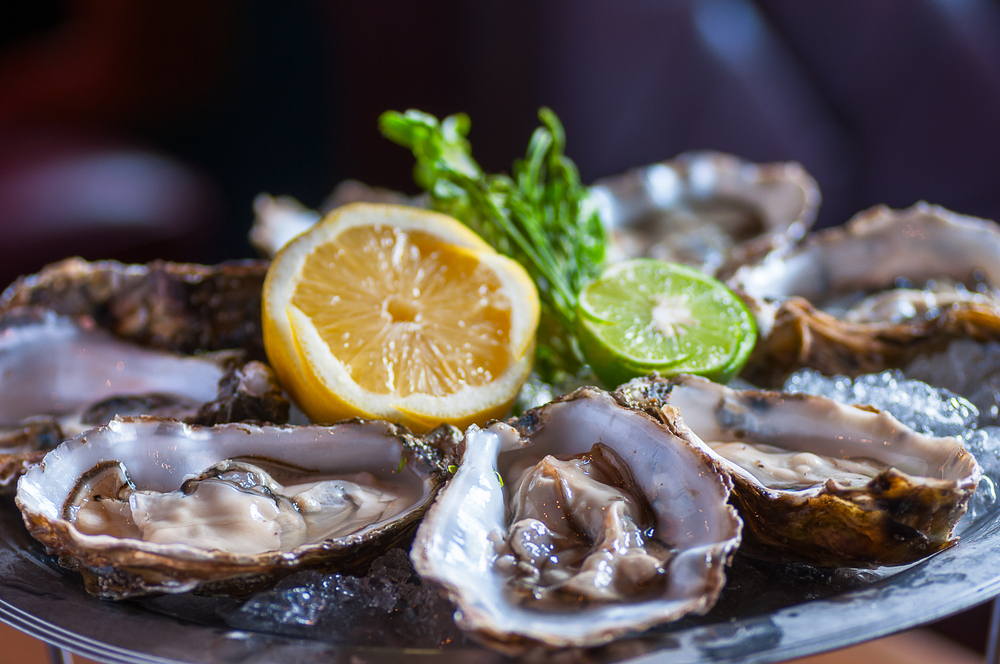
Oysters are considered a delicacy in many parts of the world, known for their rich, briny flavor. However, they can be quite polarizing. The slimy texture and the idea of eating them raw are often off-putting for many individuals. Additionally, oysters have a very distinct taste of the sea, which not everyone appreciates. The concept of swallowing them whole without chewing also does not sit well with some, making oysters a love-it or hate-it kind of food.
Tofu
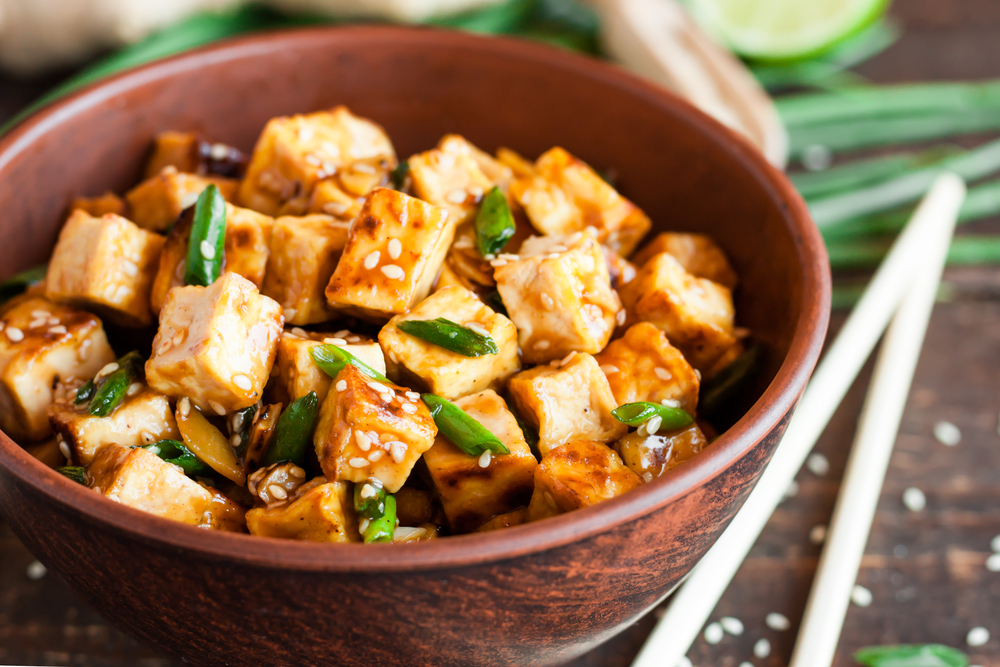
Tofu is hailed for its versatility and health benefits, particularly in vegetarian and vegan diets. Despite this, its bland taste and sometimes spongy texture can be a turnoff for many. Tofu requires proper seasoning and cooking techniques to be enjoyable for some palates, and not everyone is willing to put in the effort or has acquired the taste for it.
Avocados
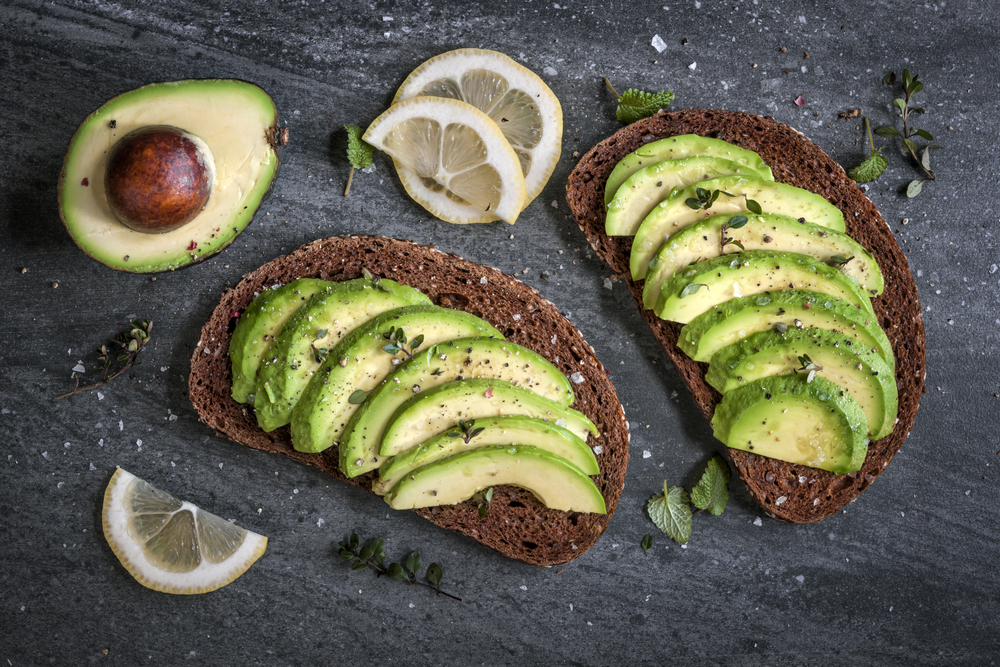
Avocados are beloved for their creamy texture and healthy fats, making them a staple in diets focusing on wellness. However, some people dislike avocados due to their mushy texture and subtle flavor, which can be described as bland or even unpalatable by those not accustomed to it. Additionally, the window for perfect ripeness is narrow, leading to disappointment when they’re either too hard or overly mushy.
Coconut Water

Marketed as a hydrating and nutritious beverage, coconut water has surged in popularity. Yet, its slightly sweet, nutty flavor with a peculiar aftertaste does not appeal to everyone. Some find it too watery or bland, while others are put off by its taste, which can vary significantly depending on the brand and source of the coconut.
Caviar
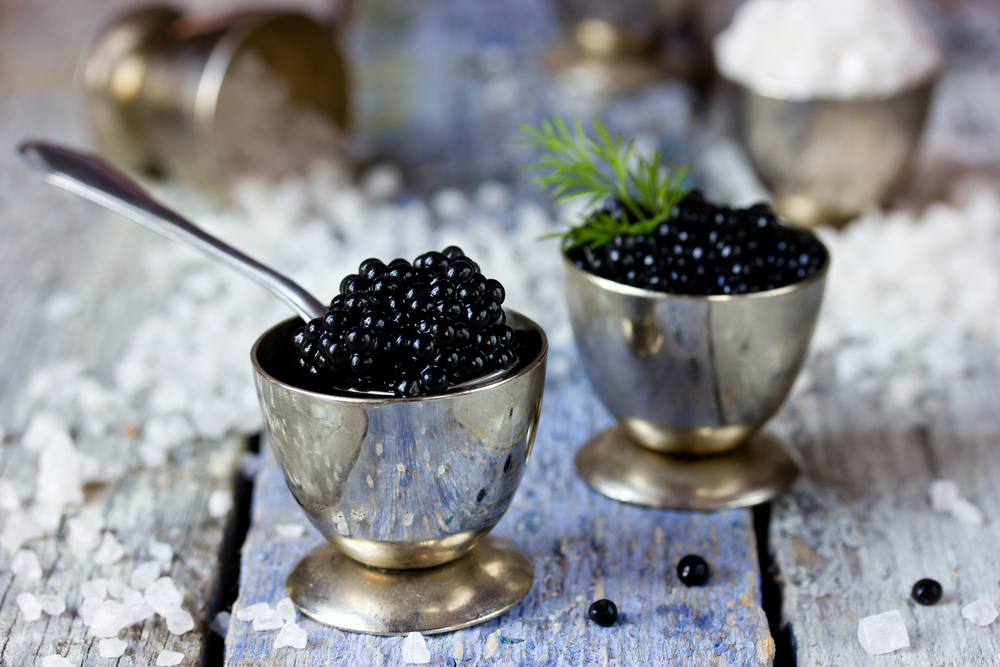
Caviar, the salt-cured eggs of sturgeon, is often associated with luxury and fine dining. Its salty, fishy flavor and popping texture can be a unique culinary experience. However, many find the concept of eating fish eggs unappealing, and the strong, salty taste coupled with its high price point makes it inaccessible or undesirable for a lot of people.
Vegan Cheese

Vegan cheese aims to replicate the taste and texture of dairy cheese but uses plant-based ingredients. While it’s a crucial substitute for vegans and those lactose intolerant, the taste, texture, and melting properties of vegan cheeses often fall short of their dairy counterparts, leading to disappointment among some consumers, especially those who still consume dairy products.
Sushi
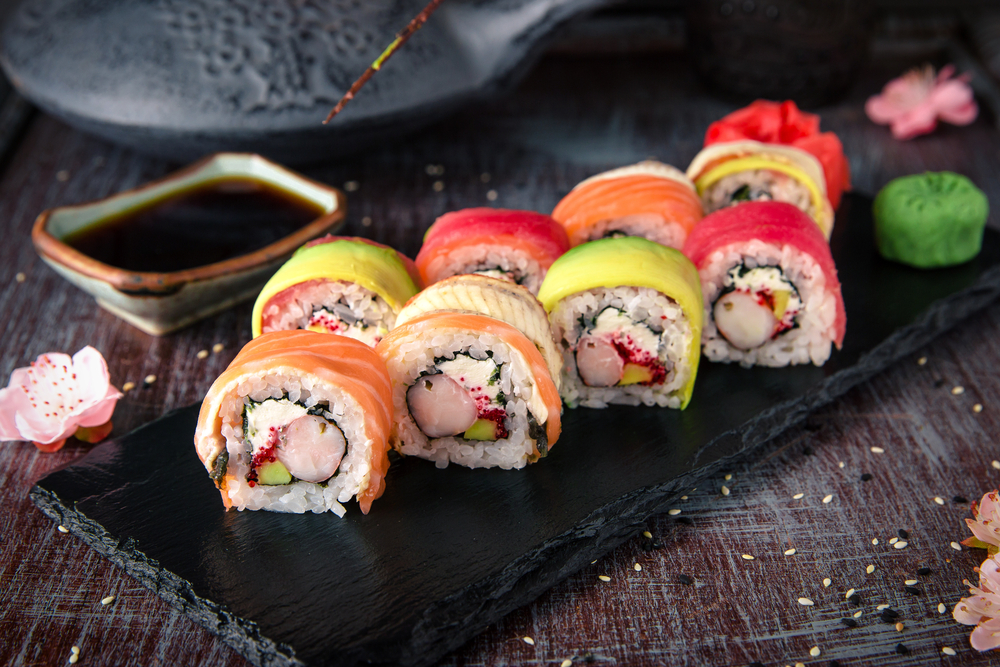
Sushi is a beloved Japanese cuisine known for its combination of vinegared rice, raw fish, and various other ingredients. Despite its global popularity, the idea of consuming raw fish is daunting to many, leading to aversions based on concerns about taste, texture, and food safety.
Liver

The liver, whether from chicken, beef, or other animals, is packed with nutrients. However, its strong, iron-rich flavor and sometimes grainy texture are not universally appreciated. The idea of eating an organ can also be a psychological barrier for some, contributing to its unpopularity among certain diners.
Pickles
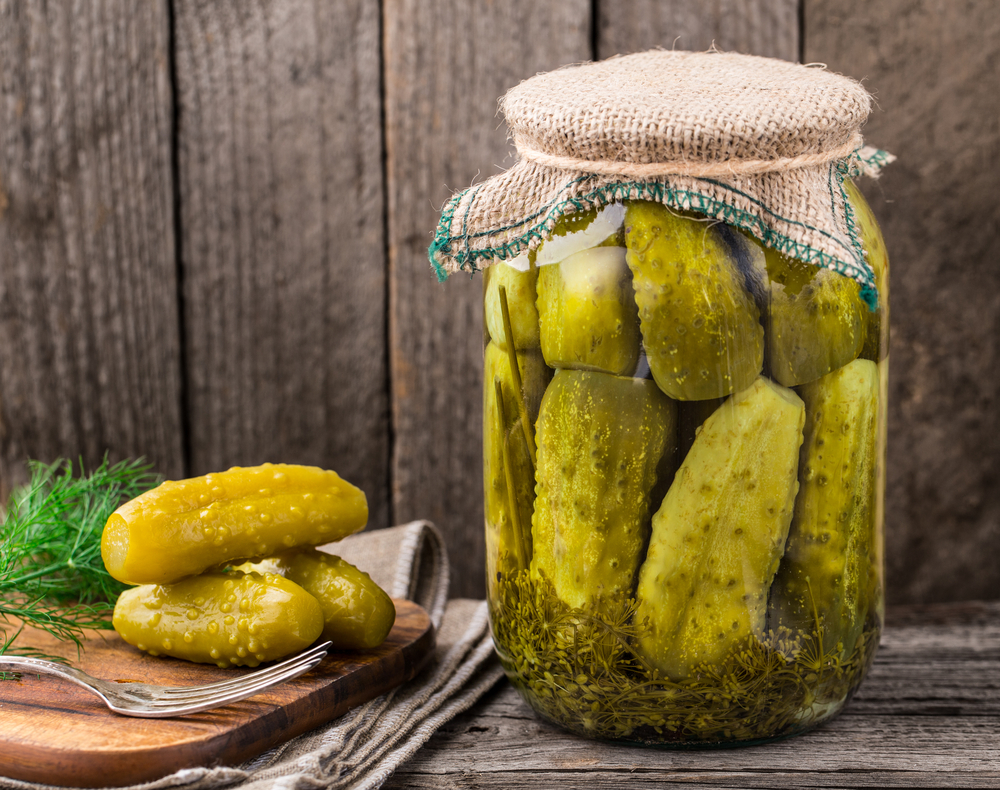
Pickles, with their tangy, salty, and sometimes sweet flavor profile, are often used to add a zesty punch to dishes. However, the intense acidity and distinct flavor of pickles can be too overpowering for some, making them a contentious food item despite their popularity in various cuisines around the world.
Durian
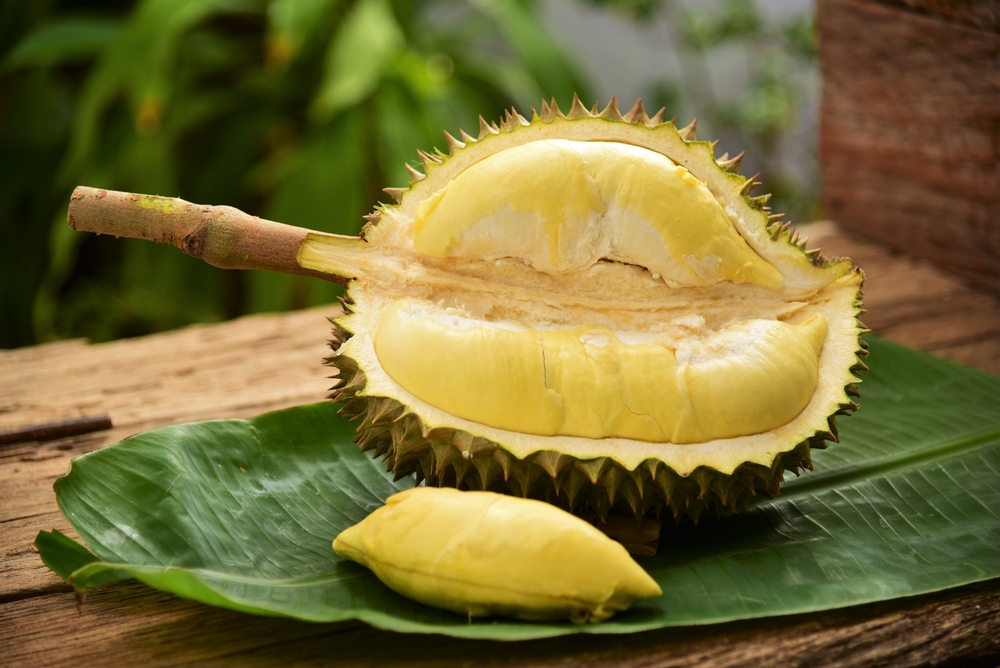
Durian is infamous for its pungent smell, which is often compared to rotten onions or garbage by those who dislike it. This strong odor is enough to deter people from even trying the fruit. Those who can get past the smell are divided on the taste, with some appreciating its creamy, sweet, and almond-like flavor, while others find it overwhelmingly unpleasant.
Blue Cheese
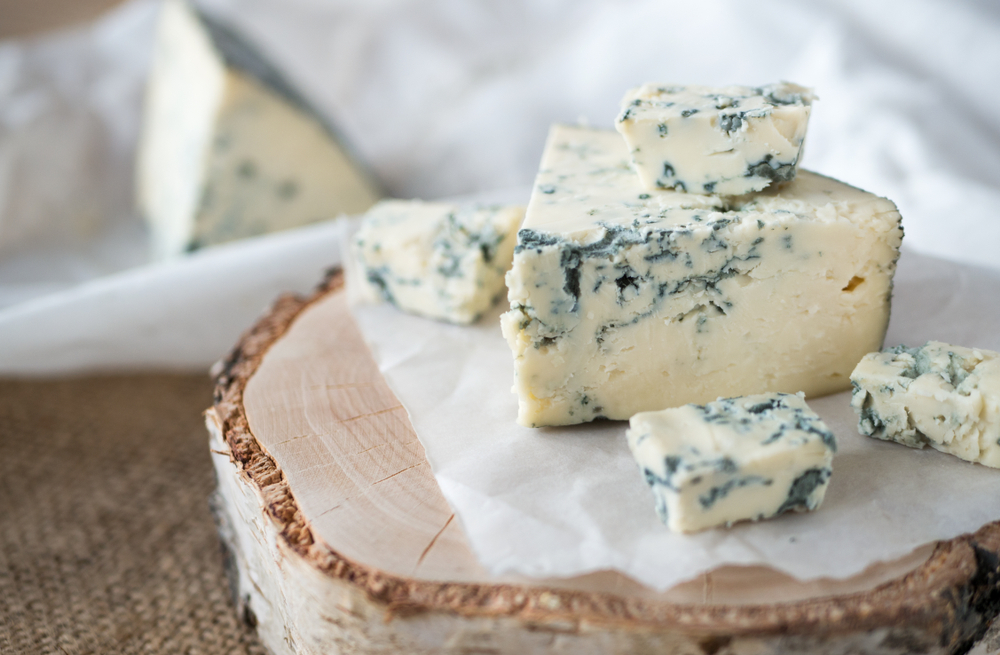
Blue cheese is known for its strong, pungent flavor and distinctive smell, attributed to the mold Penicillium used in its production. Its intense flavor profile and crumbly texture can be off-putting to some, making it a polarizing choice on cheese platters. The very characteristic that cheese aficionados love about it—the mold—can be a significant turnoff for others.
Brussels Sprouts

Brussels sprouts have gained popularity as a nutritious side dish, often praised when roasted or sautéed. However, their bitter taste and sulfurous smell when overcooked are reasons many people dislike them. This cruciferous vegetable has come a long way with modern cooking techniques, but memories of mushy, boiled Brussels sprouts can still haunt adults from their childhood.
Licorice

Licorice, particularly black licorice, is known for its distinctive, anise-like flavor. This candy can be very polarizing, with some people loving its sweet, slightly bitter taste, while others find it repulsive. The flavor of licorice comes from the compound glycyrrhizin, which can have a sharp, almost medicinal taste that not everyone appreciates.
Anchovies

Anchovies are small, salted, and often canned fish known for their strong flavor. They’re a love-it or hate-it food item, primarily due to their intense saltiness and fishy taste. While anchovies can add depth to dishes like Caesar salad dressing or pizza, many people are put off by their pungent aroma and flavor.
Olives

Olives are enjoyed by many for their salty, briny flavor, making them a staple in Mediterranean cuisine. However, their bitter taste and peculiar texture can be unappealing to some. The divide in olive preference often extends to the type—green or black—with each having distinct flavors and levels of bitterness.
Kimchi

Kimchi, a staple in Korean cuisine, is fermented vegetables seasoned with spices and chili peppers. Its strong, spicy, and sour flavor, along with a pungent smell from fermentation, makes it a controversial food outside its native cultural context. While it’s praised for its probiotic qualities, not everyone can appreciate the taste or smell of kimchi. This article originally appeared on UnifyCosmos.
More from UnifyCosmos
14 Cheese Varieties From Around the World and How to Savor Them
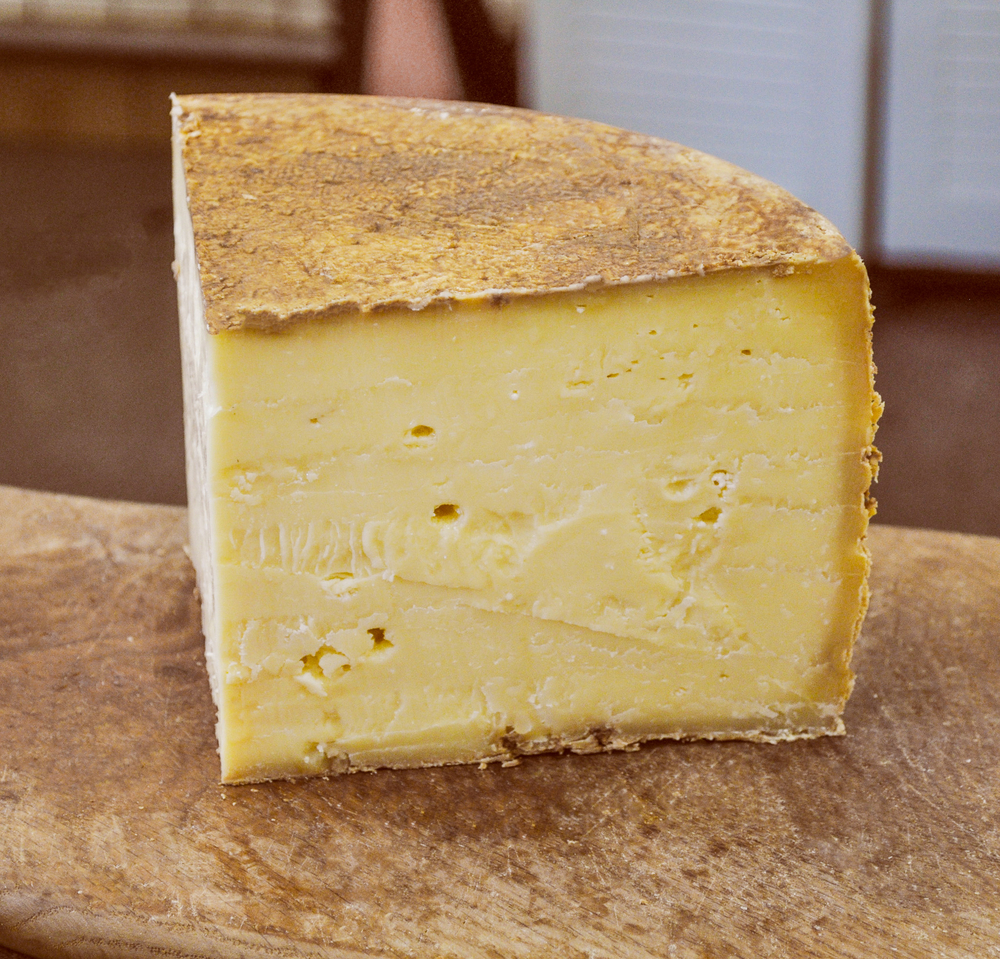
Embark on a flavorful journey as we explore 14 distinct cheese varieties from around the globe. Read More.
13 Insanely Delicious Soups From Around the World
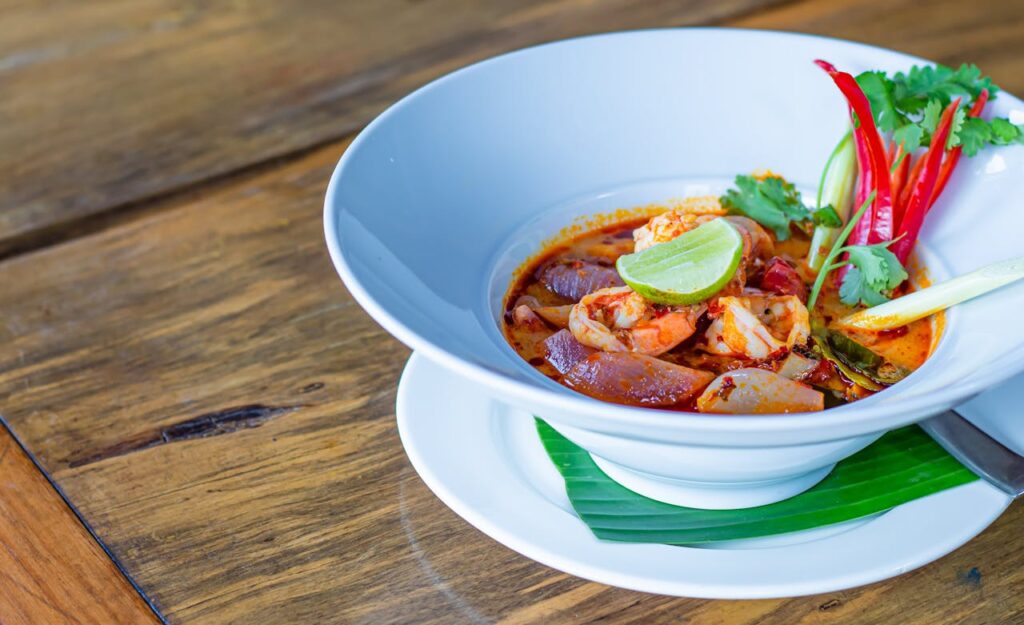
In this article, we’re diving spoon-first into the steaming, savory, and sometimes spicy world of soups that define cultures, comfort souls, and tantalize taste buds. Read More.
15 Spectacular U.S. Road Trips That Showcase the Country`s Diversity

Discover America’s stunning landscapes and rich cultural tapestry with our list of 15 spectacular U.S. road trips. Read More.
Leave a Reply